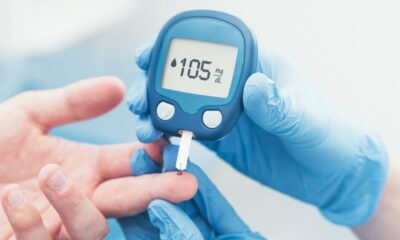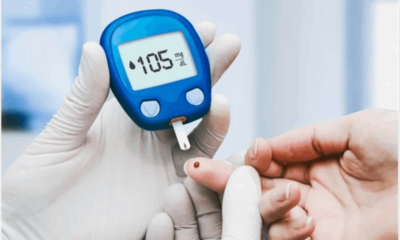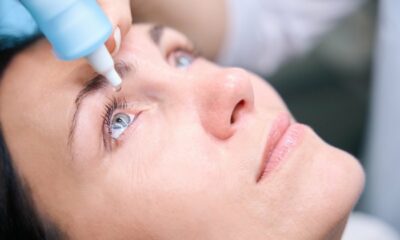Psy-Addiction
Exercise and Psychotherapy Are Equally Effective for Depression
-

 General Medicine2 weeks ago
General Medicine2 weeks agoCDC Warns About Rising Dengue Fever Threat: Symptoms and Prevention Tips
-

 Diabetology2 weeks ago
Diabetology2 weeks agoFasting With Diabetes: Essential Tips for a Healthy Ramadan
-

 Diabetology2 weeks ago
Diabetology2 weeks agoEight Physical Clues Can Develop Your Body Diabetes
-

 General Medicine2 weeks ago
General Medicine2 weeks agoThe Rise of ‘Sleepmaxxing’: Evaluating 2025’s Viral Sleep Optimization Trends
-

 Diabetology6 days ago
Diabetology6 days agoTop 15 Low Glycemic Index Foods for Better Blood Sugar Control
-

 Diabetology6 days ago
Diabetology6 days agoUnderstanding Hyperglycemia: Causes, Symptoms, Prevention, and Effective Treatment
-

 Diabetology4 days ago
Diabetology4 days agoInnovative Diabetes Research Trends to Watch in This Year
-

 Diabetology4 days ago
Diabetology4 days agoEssential Tips for Diabetes Prevention: How to Lower Your Risk Naturally

















